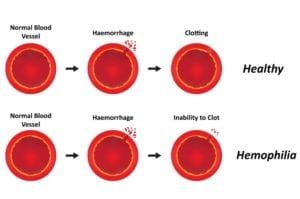Corneal refractive therapy (CRT) is a non-surgical means of minimizing nearsightedness in vision patients. Also known as orthokeratology, CRT uses gas-permeable lenses similar to traditional contact lenses to reshape the cornea at during sleep. During the day, patients can experience a better natural vision without the aid of corrective lenses. The unique design of CRT lenses temporarily reshapes the eye, providing results that can last as long as two to three days.
Did you know…
that most CRT patients achieve a daytime vision that is at least 20/40? In fact, some people even achieve a vision that is 20/20 or greater with continual wear. Many patients choose CRT lenses as an alternative to refractive surgery because they are non-surgical and are cost less to begin therapy. Furthermore, after the first year of therapy, the annual cost of CRT therapy is comparable to the costs of wearing contact lenses.
Frequently Asked Questions
Am I a candidate for corneal refractive therapy?
CRT may be right for you if you suffer from myopia (nearsightedness) but are otherwise in relatively good health. To find out more about CRT and whether it’s right for you, contact your eye doctor to schedule a consultation.
What should I expect during corneal refractive therapy?
You will visit your eye doctor for a complete eye exam to determine if CRT is right for you. You’ll then be fitted for special CRT lenses that you will wear only at night. Keep in mind that it is normal to experience some discomfort while wearing these lenses, although you may find that you adapt to the feel of CRT lenses over time. In the morning, you will remove your lenses and experience improved vision without the aid of contacts or glasses.
Do I need to follow any special instructions with regard to CRT?
Simply follow you eye doctor’s instructions for use, and practice good hygiene and hand-washing before handling your lenses. Keep in mind that it takes time for corneal refractive therapy to begin producing results. You should begin to notice a significant difference in your daytime vision in as little as three weeks.











































































































































































































































































































